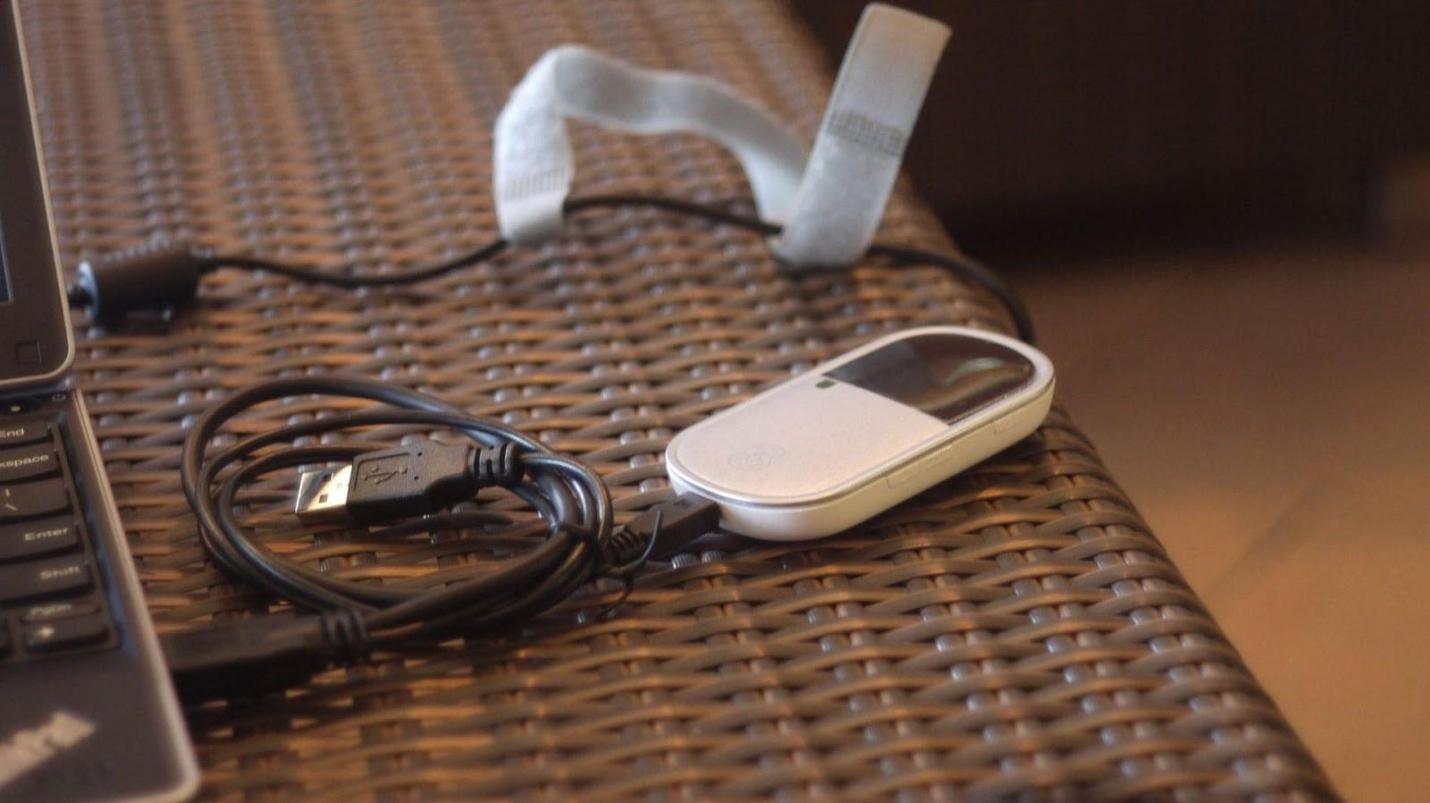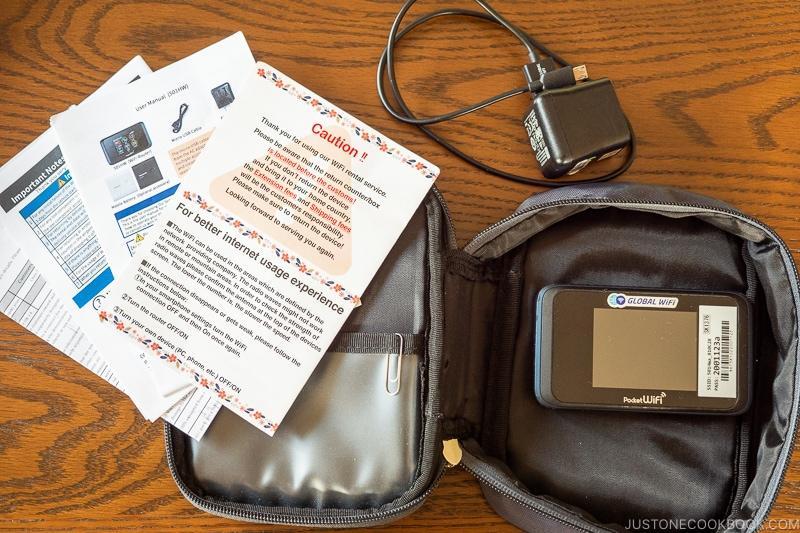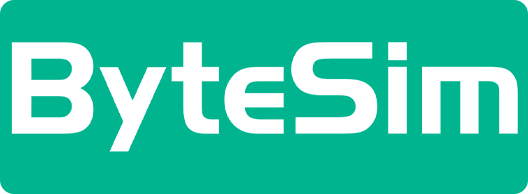Japan eSIM vs. Pocket Wi-Fi: Finding the Perfect Network Connectivity Solution for Japan Travel
Aug 22,2023 | Jack
Table of contents
eSIM vs. Pocket Wi-Fi for Japan Travel
- Assessing Personal Needs and Preferences
- Considering Travel Duration and Frequency
- Reviewing User Experiences and Recommendations
In today's hyper-connected world, reliable network connectivity has become an essential aspect of any international travel experience, and Japan is no exception.
As one of the most technologically advanced countries in the world, Japan offers an array of digital services and online resources that can greatly enhance your travel experience, whether it's navigating the bustling city streets, accessing real-time information, or staying connected with friends and family back home.
However, finding the perfect network connectivity solution while traveling in Japan can be a daunting task, with various options available to suit different needs and preferences.

This article aims to explore and compare two of the main network connectivity options for travelers in Japan: eSIM and Pocket Wi-Fi. We will delve into the benefits, limitations, and unique features of each option to help you make an informed decision that aligns with your travel requirements.
What is eSIM?
eSIM/embedded SIM, is a revolutionary technology that has transformed the way we connect to mobile networks. Unlike traditional physical SIM cards, eSIMs are integrated directly into compatible devices such as smartphones, tablets, smartwatches, and even some laptops.
This integration allows for remote SIM provisioning, meaning users can switch between different network operators without having to insert or replace physical SIM cards.
Functionality
The functionality of eSIM revolves around a secure, programmable chip that stores the necessary information required to identify and authenticate a user on a mobile network. When activating an eSIM, users can download the necessary profile and credentials from a network operator over the internet.
This enables instant access to a local network upon arrival in Japan or any other supported country, eliminating the need to visit a physical store to purchase and install a new SIM card.
Advantages
● Hassle-Free Setup
The activation process for eSIM is seamless and user-friendly. Travelers can simply scan a QR code or enter a provided activation code to set up the eSIM, making it incredibly convenient upon arrival in Japan.
● Flexibility
With eSIM, travelers can easily switch between different local network operators without having to physically change their SIM cards.This flexibility allows users to choose the best network coverage or data plan based on their specific needs and locations.
● Cost-Effective Data Plans
eSIMs often offer a variety of data plans tailored to tourists, providing cost-effective options for temporary usage during their stay in Japan. Users can select plans that align with their data requirements and duration of stay, potentially saving money compared to traditional roaming services.
● Data Usage Control
eSIMs provide users with greater control over their data usage. They can monitor their data consumption in real-time and make adjustments to avoid unexpected overage charges, ensuring a worry-free experience.
What is Pocket Wi-Fi?
Pocket Wi-Fi devices, also known as portable Wi-Fi hotspots, are compact, battery-powered gadgets that allow users to create a personal Wi-Fi network on the go. These devices work by connecting to a local mobile network through a physical SIM card inserted into the Pocket Wi-Fi device.
Once linked, it generates a Wi-Fi signal capable of being shared with numerous devices like smartphones, tablets, laptops, and cameras, enabling concurrent internet access for all interconnected devices.
Advantages
● Simultaneous Connectivity
Pocket Wi-Fi devices enable travelers to connect multiple devices to a single hotspot, making it an ideal option for families, groups, or business travelers who need simultaneous internet access.
● Wide Coverage and Reliable Internet
Pocket Wi-Fi devices often support high-speed networks, providing reliable and stable internet access in various locations throughout Japan, including remote areas where traditional mobile network signals might be weaker.
● Convenience of a Portable Hotspot
The compact size and portability of Pocket Wi-Fi devices make them easy to carry in a pocket or bag, ensuring continuous internet connectivity even while on the move or during day trips.
eSIM vs. Pocket Wi-Fi for Japan Travel
A. Coverage and Signal Strength
Both eSIM and Pocket Wi-Fi generally offer extensive coverage in Japan, including major cities and popular tourist destinations.
However, it is essential to research and compare the network operators that support eSIM services and the coverage maps of different Pocket Wi-Fi rental providers to ensure optimal connectivity during your travels.
The signal strength of eSIM and Pocket Wi-Fi can vary based on the specific network operator and the location.
In urban areas, eSIM tends to offer reliable connectivity as it connects directly to a local carrier's network, whereas Pocket Wi-Fi signal strength may depend on the quality of the local carrier's coverage in the area.
In densely populated urban areas, both eSIM and Pocket Wi-Fi usually provide excellent signal strength and fast internet speeds. However, in rural regions or less populated areas, the performance of Pocket Wi-Fi might be more inconsistent compared to eSIM due to variations in network coverage.

B. Cost Considerations
eSIM plans typically come with different data allowances and validity periods, offering short-term and long-term traveler choices. On the other hand, Pocket Wi-Fi rental costs are usually based on daily or weekly rental rates, and the price may vary depending on the data capacity and rental duration.
For short-term travelers, eSIM plans with limited data may offer more cost-effective solutions compared to daily Pocket Wi-Fi rentals. However, for longer stays or groups of travelers requiring extensive data usage, Pocket Wi-Fi might prove to be more budget-friendly.
C. Convenience and Portability
eSIM activation can be done remotely before arriving in Japan, enabling instant network access upon arrival. The process usually involves scanning a QR code or entering an activation code, making it straightforward and user-friendly.
On the other hand, Pocket Wi-Fi requires picking up the device from a designated location or having it delivered to your accommodation, which might involve some additional setup steps.
Pocket Wi-Fi devices are compact and portable, allowing travelers to carry them in their bags or pockets throughout the day. This makes them convenient for travelers who are constantly on the move and need internet access on multiple devices.
eSIM, on the other hand, offers the advantage of not requiring a physical device to carry, but it's tied to a single device (e.g., smartphone or tablet) at a time.
D. Data Usage and Speed
eSIM plans often come with various data allowances, giving travelers the flexibility to choose plans based on their expected data usage.
Pocket Wi-Fi rentals typically provide unlimited data plans, but the connection speed may be throttled after exceeding a certain fair usage threshold.
eSIM generally offers high-speed connectivity, comparable to local carrier networks, while Pocket Wi-Fi's speed can vary depending on the network operator and the number of users connected to the hotspot simultaneously.
How to Choose One?
A. Assessing Personal Needs and Preferences:
Before choosing between eSIM and Pocket Wi-Fi, travelers should assess their individual needs and preferences. Consider the number of devices that require internet access, such as smartphones, tablets, or laptops, and estimate the expected data usage for activities like navigation, streaming, and social media.
Evaluate personal preferences concerning convenience and ease of use. If seamless activation and portability are crucial, eSIM might be the preferred choice.
On the other hand, if flexibility in switching between different data plans or providers is desired, Pocket Wi-Fi might offer more options. Additionally, consider cost management and whether short-term or long-term data plans align better with the budget.

B. Considering Travel Duration and Frequency
The ideal network connectivity solution can vary based on the length and frequency of visits to Japan. For short-term travelers, eSIM with limited data might suffice for their stay. In contrast, long-term travelers or frequent visitors might find Pocket Wi-Fi with unlimited data plans more suitable for extended stays or multiple visits.
Short-term travelers or those with infrequent visits may find eSIM cost-effective and convenient, as they can activate it before each trip and enjoy immediate network access upon arrival. Conversely, frequent travelers or those staying for an extended period might prefer the flexibility of Pocket Wi-Fi rentals with unlimited data, which can be used as needed during their entire stay.
C. Reviewing User Experiences and Recommendations
To gain valuable insights, look for experiences and recommendations from other travelers who have used eSIM or Pocket Wi-Fi in Japan. Online forums, travel blogs, and social media platforms often feature firsthand accounts and tips from people who have navigated Japan's network connectivity options.
Check user reviews and ratings of eSIM providers and Pocket Wi-Fi rental companies to gauge each option's overall satisfaction and performance. Positive feedback on network coverage, speed, customer support, and ease of setup can play a significant role in informing the decision-making process.
Conclusion
eSIM cards and Pocket Wi-Fi offer different data services for Japanese travel. eSIM provides seamless activation and direct connection to local carriers, making it flexible and cost-effective for short-term travelers.
On the other hand, Pocket Wi-Fi offers portability and simultaneous connectivity for multiple devices, making it ideal for long-term stays or frequent travelers.
Consider your specific needs and preferences to choose the most suitable option for a reliable and enjoyable travel experience in Japan.



